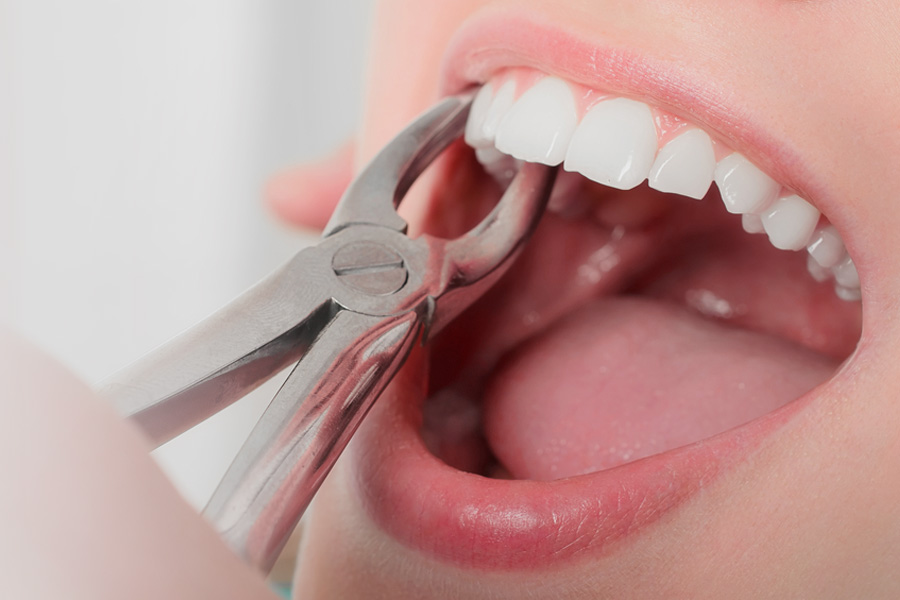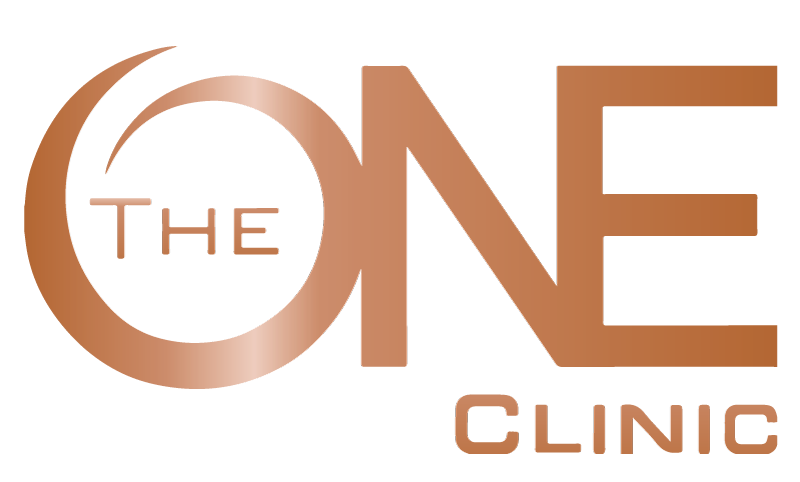Safe, painless tooth extraction
A tooth extraction procedure is the complete removal of the tooth from its socket, and we understand that it is a scary experience for many people. However, with our personalized care, we will make the process as pain-free and comfortable as possible!
Signs You Need a Tooth Extraction
● Severe tooth decay that has damaged the tooth beyond repair
● Gum disease that has caused the tooth to become loose
● Infection that has spread to the pulp of the tooth
● Crowding of teeth that requires removal of one or more teeth
● Impacted wisdom teeth that are causing pain or infection

Types of Tooth Removal
Surgical extraction
A surgical extraction is necessary for teeth that are not easily accessible, such as impacted wisdom teeth or teeth that have not fully erupted. In this procedure, the dentist will make a small incision in the gum to access the tooth and remove it. Local anesthesia or sedation may be used to minimize pain and discomfort during the procedure.
Dental extraction
Dental extraction, also known as a simple extraction, is a less complex form of tooth removal that is typically used for visible teeth that can be easily accessed. In this procedure, the dentist will apply local anesthesia before using forceps to gently rock the tooth back and forth to loosen it from the socket.
Tooth avulsion
Tooth avulsion occurs when a tooth is completely knocked out of its socket due to trauma, such as a sports injury or car accident. This type of tooth removal requires immediate attention as the tooth may be re-implanted if done quickly. If you experience tooth avulsion, keeping the tooth moist and seeking dental care as soon as possible is important.
After-care Tips
After the procedure, it is important to follow your dentist’s after-care instructions to ensure proper healing. Some tips include:
● Bite down on the gauze for at least 30 minutes to help stop bleeding
● Avoid eating hard or crunchy foods for the first few days
● Do not smoke or use tobacco products for at least 24 hours
● Take any prescribed pain medication as directed by your dentist
● Rinse your mouth gently with warm salt water to reduce swelling and promote healing
